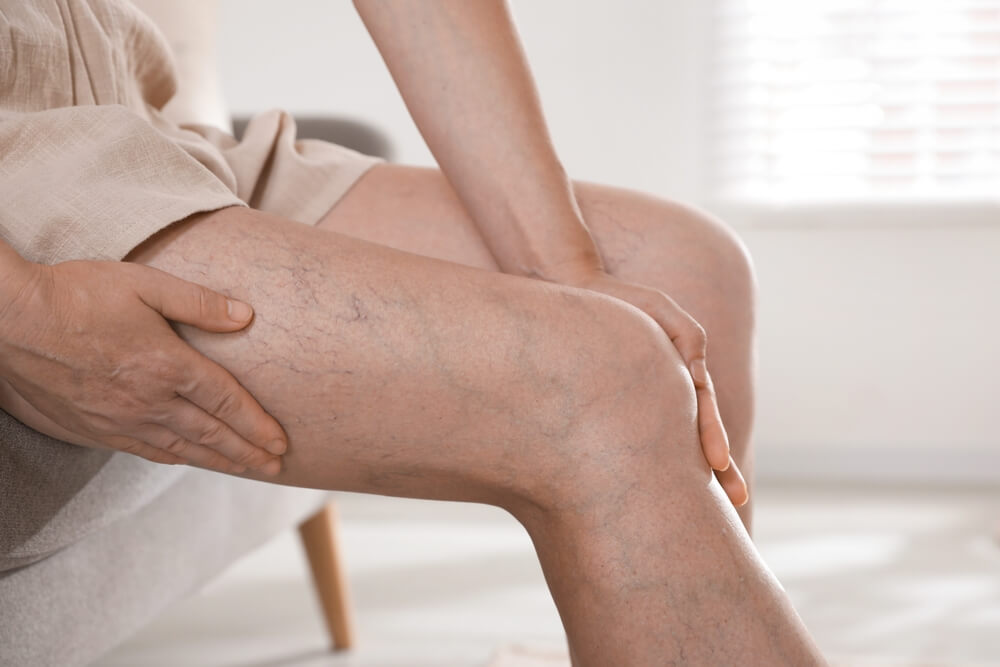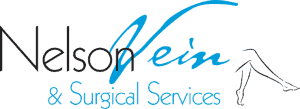Varicose Veins
Specialized Varicose Vein Treatment in Cleveland, Ohio
Nelson Vein & Surgical Services offers expert diagnosis and state-of-the-art treatment for varicose veins right here in Cleveland, Ohio. Our compassionate team understands the discomfort and health risks associated with varicose veins, providing personalized care to alleviate your symptoms effectively. Discover how our minimally invasive treatments can help restore your leg health and comfort, giving you renewed confidence and vitality.
Evaluation & Diagnosis
Many people notice the appearance of their veins but they may not necessarily appreciate the symptoms that come along with having varicose veins. Swelling, itching, aching and cramps can all be caused from varicose veins.
Nighttime tends to be the worst. Nights after standing for long periods of time during the day can be associated with an inability to sleep due to restless legs, itching in the calves, painful swelling and night cramps when you have varicose veins.
Varicose veins can range from smaller bluish-green veins to large earthworm sized veins that seem to snake down the leg. Though larger veins tend to suggest significant disease, oftentimes the smaller veins can represent the “tip of the iceberg” of a deeper underlying problem.
Should I seek medical help?
The key to determining whether or not you should seek medical attention for your veins depends on whether you are having any symptoms. Changes in the skin like darkening, dryness, redness, flakiness, and spontaneous bleeding after hot showers, are signs of advanced venous disease and should prompt you to see a vein specialist.
Stages of Venous Insufficiency
-
Phase 1
-
Phase 2
-
Phase 3

Follow-up and Treatment
Venous insufficiency needs to be monitored on a regular basis. Even after the veins are treated, new veins in different locations can develop. Regular follow-up and treatment is essential in keeping varicose veins under control in order to prevent recurrence of symptoms and to minimize the risk of developing ulcers, deep clots or other complications associated with varicose veins.
New minimally invasive procedures have revolutionized the treatment of venous insufficiency. There has never been a better time than now to fix your varicose veins!

Schedule Your Consultation
To request a Varicose Vein consultation, fill out the form below or call us at 440-617-6061.
